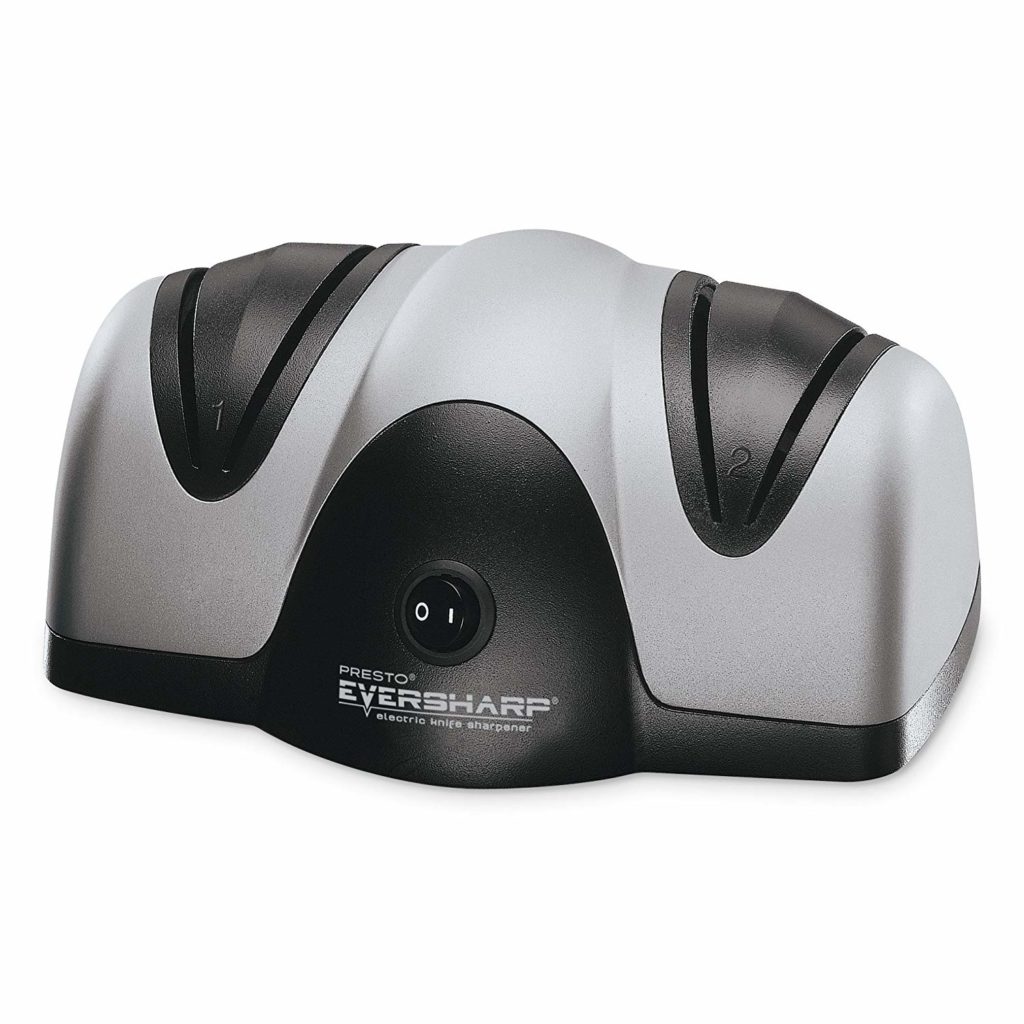For centuries, mortars and pestles have served as the foundation of many culinary traditions around the globe. Since computerized food processors, mortar and pestle have been omitted from many kitchens. Many home cooks no longer have access to a basic piece of equipment formerly an essential part of their arsenal.
Using a mortar and pestle set, which breaks down cells and fibers to release essential oils and fragrances, is the only way to smash items properly. Using a knife or an electric grinder to reduce the size of an item progressively will never achieve the same results as using a mortar and pestle.
As a result, you’re now prepared to make your first purchase of a mortar and pestle. There are countless variations in terms of size, form, and composition. How do you do so if you want to avoid buying a useless mortar that ends up as a pretty flower pot? How can you tell which one is best for your kitchen? Easy! We’ll find out.
While shopping for a mortar and pestle, what to look for
There are three things to keep in mind while shopping for a handheld grinder:
Size of a mortar and pestle:
The mortar and pestle size is the first and most obvious consideration when shopping for one. Mortars should be large enough to ground numerous components in one batch. As long as you don’t mind dealing with ingredients flying out of the mortar as you smash them, there’s no need for a small mortar. For a large mortar, you’ll need an equally large pestle long enough to avoid striking your palm on the edge of the mortar while using and wide enough at its base to actually mash the ingredients rather than merely moving them around in the bowl. Kitchen space may be an issue for some, but if you plan on using numerous ingredients, you shouldn’t have a container smaller than three cups volume.
It’s unnecessary to have such a large mortar if you’re only going to use it as a spice grinder. Even though you may get by with a bit of mortar and pestle for grinding up individual ingredients, it’s best to keep a larger one in the kitchen for more complex recipes.
The shape of a mortar and pestle:
The bottom of the mortar should be circular, without any corners. They must not be hidden from the pestle in any corner to ground the components. The cylindrical-shaped mortars are more specialized and won’t help you if you’re starting with a first mortar buy. You can find bumps or other features to help keep mortar in place while you pound it with a pestle in some mortars. A little aid with the mortar isn’t necessary, but some chefs prefer it.
The material for mortar and pestle
The mortar (and pestle material)’s is critical to its usefulness; therefore, choose carefully. Solid stone countertops made of granite or marble are ideal for everyday use. When using a mortar or pestle made of stone, you may expect it to last for many years of heavy pounding or grinding without replacing it. Using a mortar composed of a flimsier material will result in a weakened mortar that cannot properly break down ingredients. The bottom of some mortars is made of silicone or rubber as extra material.
This will assist keep the mortar from sliding about while you grind and pound the ingredients, and it will also silence some of the harsh thumping noises you might hear. If this is something, you’d want to have, check that the mortar you’re purchasing has it.
An expanded selection of mortars and pestles
Since this is one of the earliest cooking tools ever used by humans, we’ve narrowed our focus to only two main regional varieties for their versatility. Still, nearly every culinary style has its variation of this tool. Many more kinds exist than just the massive granite one shown above, even in Thailand (and Southeast Asia).
If you don’t already have a mortar and pestle in your kitchen, here are two more that you might want to consider adding to your collection. The Molcajete from Mexico, and the Suribachi from Japan, are the two most popular. It’s rare to find both attractive and functional kitchenware, and these are two of the best examples.
Conclusion:
Now that you know what to look for in a mortar and pestle and are familiar with several of the most prevalent styles, you’re ready to buy one and start pounding, smashing, and crushing food in your kitchen. Every dish will benefit from freshly ground spices, and you’ll never go back to buying pre-made after making your curry paste or pesto.


